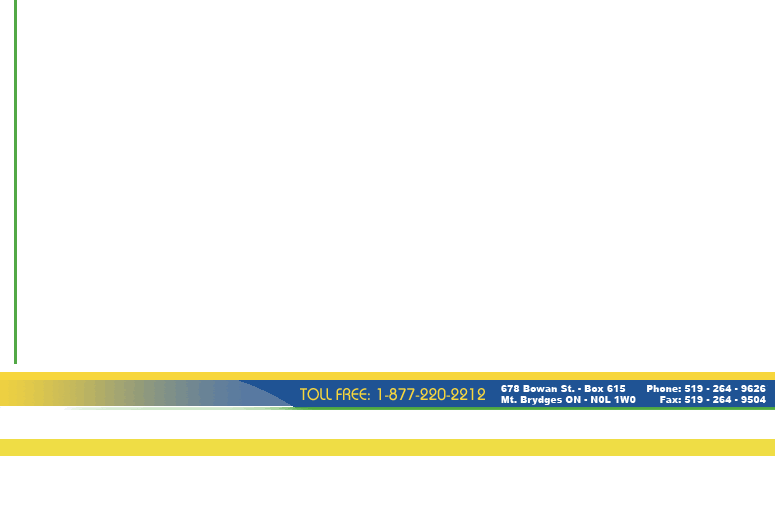Maximum
Swine
Marketing Ltd. Newsletter
Hog Commentary for
October 21th, 2004
Hog Markets
The price for hogs has continued to fall over the past week
as packers find supplies easy to come by. Even after three weeks
of lower cash hog prices, we are all still at the highest prices
for this time of the year since 1996. Demand for hogs continues
to be strong, and packer margins have improved substantially
in the past few weeks. Once supplies become more difficult to
find, packers have the ability to increase hog prices, while
still maintaining positive margins. The flow of market hogs
is expected to diminish over the upcoming weeks to levels comparable
to last year.
The US Department of Commerce (DoC) announced preliminary antidumping
duties against the import of live hogs from Canada last Friday.
The tariff will be 14.06% of the import value of the animal.
This applies to all hogs both weanlings and market hogs with
the exception of breeding stocks. The antidumping tariff is
payable by the importer of origin when the hogs cross the border.
The tariff will be in place until the ITC releases its final
determination at which time a tariff could become permanent,
or removed altogether. If the tariff would be removed at this
time, US importers who had put up cash or bond would be eligible
for reimbursement.
Feed Market
A quiet week in corn futures following late Tuesday¹s USDA
report had new crop Dec training today within a cent of the
close on the 12th of October. Contract lows for the December
were set this week at $1.97 US per bushel with no major upward
movements expected. Exports and domestic consumption will begin
to enter the market as price determining factors once a greater
level of harvest has been completed and final production is
determined. Corn users should continue to hold off long-term
purchasing while the market absorbs the large 2004/05 US corn
crop.
New crop soybean and meal futures traded lower late last week
pressured by advancing harvest, reported at 71% complete on
Monday versus 58% last week. High Yield averages reaching over
50 bushels/acre in some regions across the Midwest has the market
bracing for record production numbers. Upside is limited in
the soy complex as world production numbers begin to rise with
increasing estimates for the 2005 South American crop. Hog producers
who have covered a portion of soymeal requirements on the recent
collapse in price should hold off pricing any further product,
remaining in the cash market for the non-hedged portion of required
soymeal.

